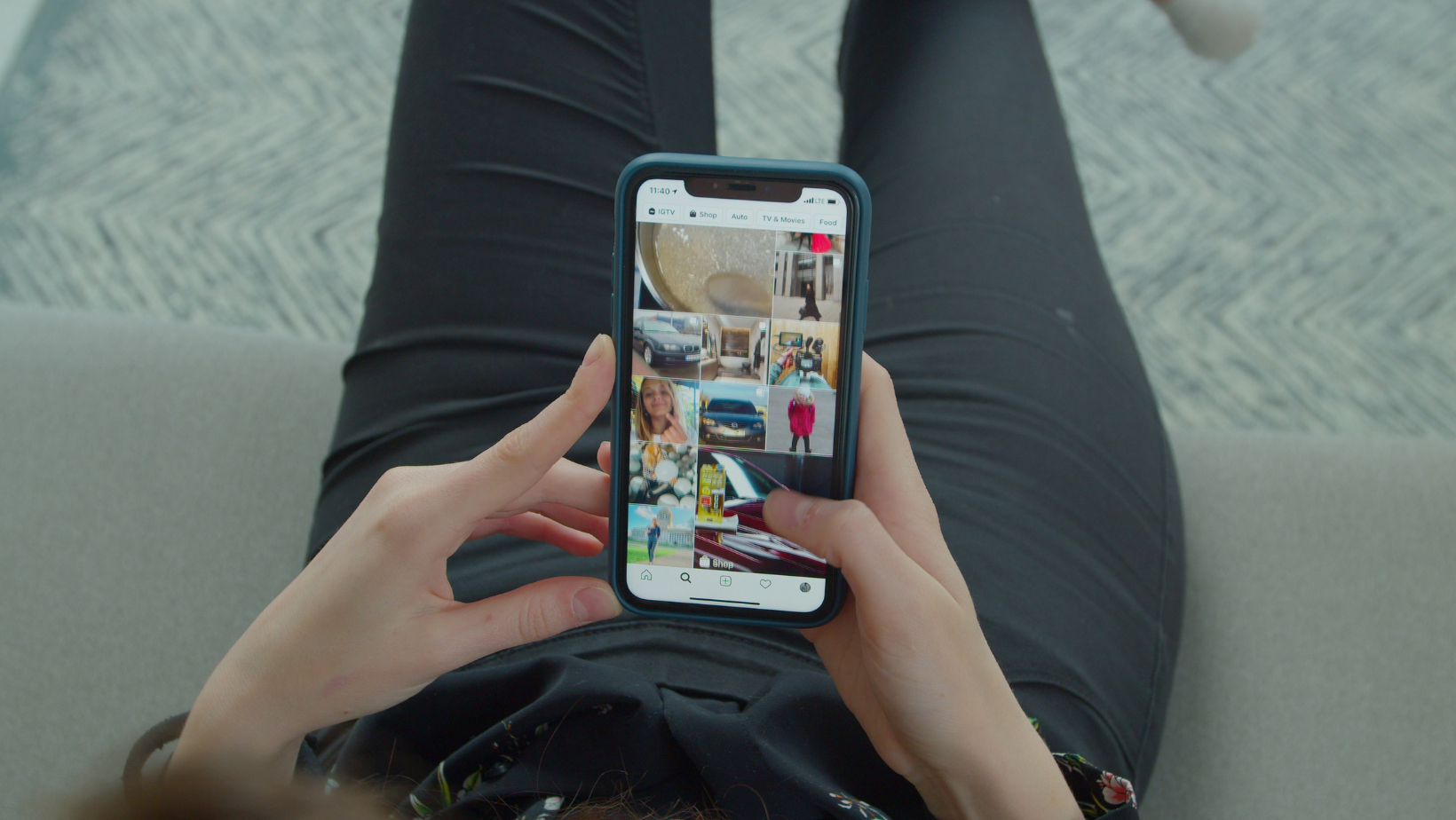With the rapid onset of the novel coronavirus (COVID-19) epidemic, the world is adjusting to an existential shift in interpersonal connections.
The buzzword on everyone’s mind the past few weeks has been “contactless delivery.” What does this mean exactly for brands, businesses, and consumer shopping behaviours? Here we’ll take a digital marketer’s approach as we explore the implications, both short and long term.
Some economists are optimistic that the spending rebound, following the ease of quarantine restrictions, will bring many businesses back to life that have struggled through temporary closures and limitations in both inventory and distribution. However, as more and more consumers try online shopping (many for the first time) across a wide array of verticals, brick and mortar storefronts may have cause for anxiety over downtrends in foot traffic farther into the future.
As mentioned by a spokesperson for the University of Alberta School of Retail,
“Thousands of retail storefronts in Canada had announced closures between January and March, 2020 – before the COVID-19 pandemic even hit our borders”
This insight into the state of brick and mortar business PRE-virus, provides a grim outlook after thousands-more major North American retailers have been forced to shutter their doors since mid-March.
If a business doesn’t already have a strong online presence or has balked at the prospect of shifting to an e-commerce business model, the race is on. Launching a website today can mean months of campaign planning aimed at driving traffic and promoting on-site conversions. To stay ahead of the curve, digital agencies are working hard to create go-to-market strategies for brands looking to keep pace with changing shopper demands.
Regardless of media budgets, brands should consider taking a phased approach when setting digital campaign objectives.
Generating Awareness and Traffic:
Let the world know you’ve recently introduced e-commerce enabled functionality to your website. Prospect users who are interested in your product, service, or competitors and encourage landing page visits.
Driving Conversions:
Once you have a captive audience of users who have engaged with your ads or visited your website, start to introduce retargeting messaging that encourages on-site actions, including purchases or newsletter sign-ups.
Final Thought:
Advertising during challenging times has many benefits. Brands can regain some control by refusing to stay silent. Shopify and Facebook have partnered up to provide tips and tricks to struggling retailers looking to maximize ROAS as profit forecasts remain unclear.
To stay nimble in this quickly-changing environment, investing in the technology and resources to speak to consumers online becomes more critical than ever before. At Hotspex Media, we welcome the opportunity to consult with forward-thinking businesses looking for an edge in today’s “contactless”, uncharted waters.








